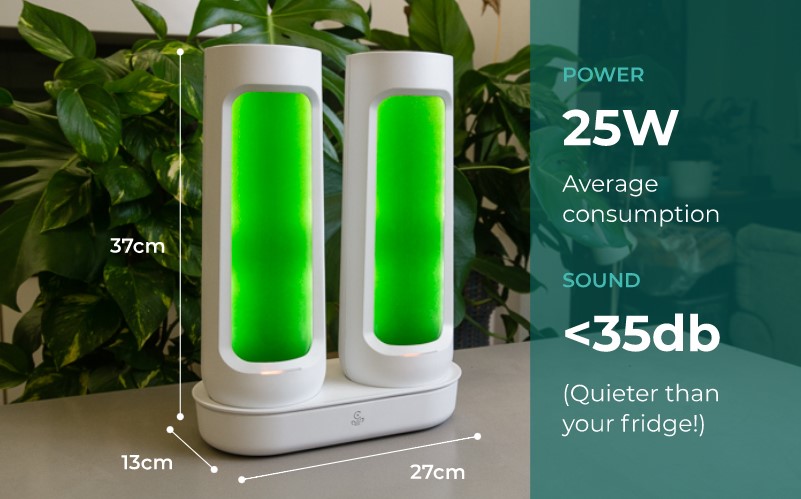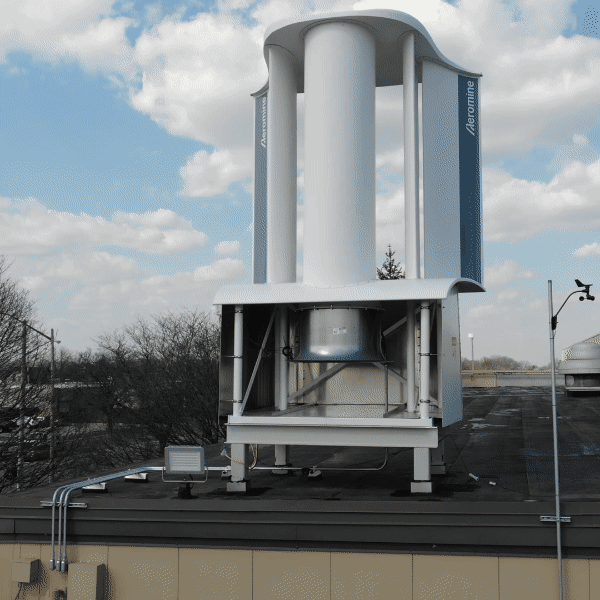By Charles Carter, 26/10/22
British startup Canopi has developed a kitchen top system called Bloom for brewing your own spirulina algae superfood at home to boost freshness and reduce food miles emissions.
Spirulina is rich in protein and nutrients and has been eaten by humans as far back as the Aztecs. Mass production ramped up during the 1970s for use as a diet supplement and fish food.
It’s gained extra attention in recent years as a sustainable superfood for humans that could help feed 9.8 billion people by 2050 without harming the planet.
Canopi ran a successful crowdfunding campaign for their patent-pending innovation in 2021 securing over £117k from 568 backers on Indiegogo. It expects to begin shipping the harvester in Feb 2023.
How does it work?
You first add water and a nutrient tablet to the temperature-controlled container or ‘pod’, followed by some spirulina culture.
After around five days the pod and app will notify you that your spirulina is ready for harvesting.
You use a simple filter to extract the spirulina with a pair of pods producing 5g of thick spirulina liquid for adding to your choice of food or just mixing with water.
The temperature and lighting are optimised for maximum growth with the mixture kept at around 34 °C.
Bloom comes with three months’ worth of nutrient tablets and 250ml of spirulina culture to last the period.
A base with two pods will set you back £199.

What are the potential benefits?
The company argues that existing spirulina power has an unpleasant ‘seaweedy’ taste and mostly comes from unregulated and possibly contaminated ponds in China.
Its home brew solution promises to create a better tasting, fresher supplement, with 70 percent lower emissions than mass produced product shipped from far away lands.
Dried spirulina contains 5 percent water, 24 percent carbohydrates, 8 percent fat, and about 60 percent protein, as well antioxidants, iron and other nutrients.
According to research, algae in general (along with cultured meat) has the lowest land use per unit protein and unit energy of any food. It also uses less water per unit protein than traditional crops and cattle farming.
And what’s more, It could be well suited to cultivation on spacecraft and other planets, providing astronauts with a high-protein food stuff.
Questions for you. Comment below
- First thought that comes into your head?
- Pros and cons according to you?
- Other applications of this approach?
- What could this be combined with?
Links
https://www.indiegogo.com/projects/bloom-home-grown-superfood-the-smart-way#/
https://pubmed.ncbi.nlm.nih.gov/16248810/




Thank you for your sharing. I am worried that I lack creative ideas. It is your article that makes me full of hope. Thank you. But, I have a question, can you help me?
Can you be more specific about the content of your article? After reading it, I still have some doubts. Hope you can help me.